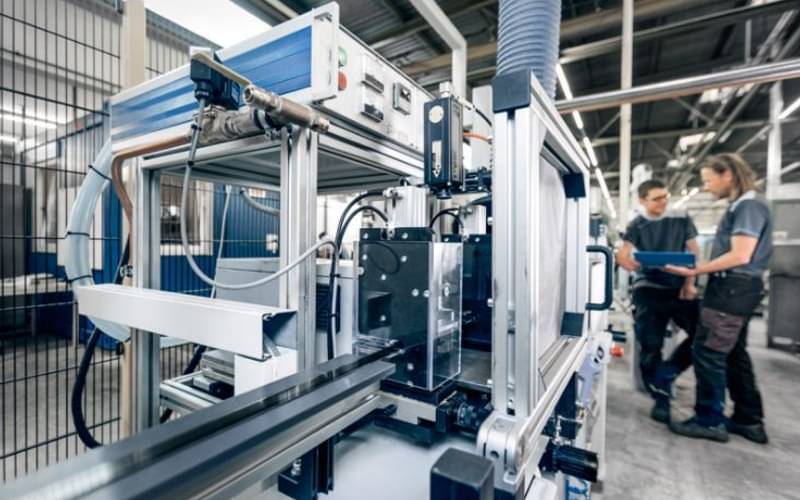ProductWatch: Bohler’s die cutting rules
Nitin IKA of And Systems talks to Aditya Ghosalkar of WhatPackaging? about Bohler’s die cutting rules. And Systems has been selling Bohler high quality rules for over 35-40 years
11 Jan 2024 | By Aditya Ghosalkar
Name of the Product
Bohler: Die cutting rules.
How does this high quality rule help the die makers?
This high quality rule provides a clean cut with no burr, thread, and hair in the long run. The sharpening on both sides of the edge (bevel is equal) which helps in achieving long runs and clean cuts.
The need to change multiple rules in a die is not required. It is used for long runs such as 2,00,000 +. The sharpening on both sides of the edge (bevel is equal) helps in achieving long runs and clean cuts. The body and bevel hardness is always consistent as specified for each quality in the TDS.
When was it launched/announced?
And Systems (combined with our earlier concern Ahuja Type Foundry) has been selling Bohler high quality rules for over 35-40 years.
What kind of presence do you have among India’s converting and packaging fraternity?
We have a presence in the top segment of high quality users over 50%.
What are the target products (for example, mono cartons / brown boxes)?
Bohler rules are used in all types of die cutting. We also sell the rule die steel used for clicker dies, which is used in the leather and textile industry.
How is the product relevant for Indian converters in the SME sector?
Bohler rules perform and do the job. The converter does not need to worry of any failures due to the die cutting rule. It is especially important for pharma and FMCG packaging.
What kind of trials does And provide?
We understand requirements such as knowing the substrate and the caliper (paperboard, plastic, and alu laminated), finishing (varnishing and lamination), and run length.
How does it differ from similar products in the market?
Bohler is a market leader in die cutting rules and it works on providing solutions to special and varied needs of the converters for new products coming into the market. Most manufacturers are not in the position to spend on the R&D to come up with the challenges for new products. Bohler has a special service unit to produce small quantities especially for manufacturing and trial of new products.
How do you convince a first-time customer of the value that a Bohler brings to the table? What’s the USP?
Fortunately, in the many years we have been promoting Bohler it is now known to most die-makers and converters. They know that if they need a full-proof product, it would have to be Bohler.
How does it work with normal dies, stripping dies, embossing/foiling dies and special application dies?
We cover the whole range. Stripping, embossing and foiling are a part of the system included in the dies for which the die-maker has to add other materials to deliver a complete die.
How easy is it to implement and use?
We normally supply different materials to the die-maker, and they put together a complete die.
What kind of manufacturing process does your company follow in India?
Bohler manufactures the whole range of rules with multiple combinations: Through hardened rules, edge hardened rules, with requested body and edge hardness. It also manufactures rules with specified height, different bevels - edge ( centre, side, long bevel), and bevel - edge finish (shaved, ground, fine ground, mirror / razor finish, and coated).
What are your tips and tricks?
Ejection rubber quality is important for a good die to get optimum results. Different heights and hardness are used. Positioning different ejection rubbers depending on the product design on the die is very important. Using a single type of ejection rubber on the complete die may not be the best solution. Choosing correct cutting rules and ejection rubbers helps reduce the pressure, increase press speed and give clean cuts.
Bohler's take on multiple level embossing, micro foiling and special application dies?
Daily new products are being introduced and with increased competition, Bohler knows being a market leader has a huge responsibility to keep up to the market demands and innovate products to work smoothly with all the technologies being integrated into the dies.
Is it true that the thickness of a laser beam is 0.7-mm?
The laser beam will cut any thickness (0.53/0.71/1.05-mm or higher). The distance between the beam and substrate along with the speed needs to be adjusted.


